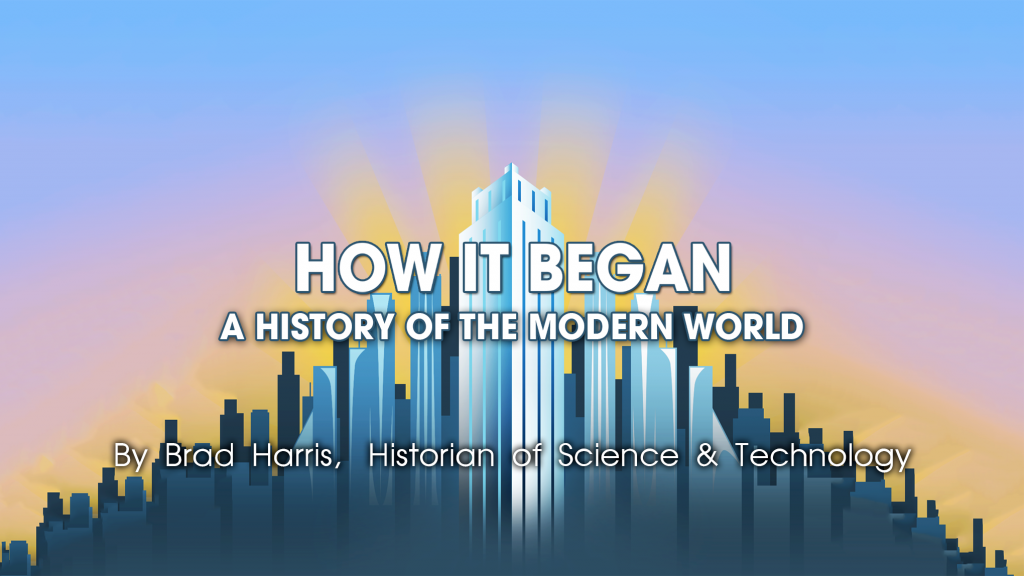I don’t know if he’s been replaced as a major influence on young, restless (and almost exclusively male) aspiring writers, but once upon a time—if you weren’t into the romantic wanderlust of Kerouac but still considered yourself a fringe character—it might be to the hard-boiled shit-talking of wise old man Charles Bukowski that you turned. Upon first learning this, and being a busy college student, I decided to take a crash course and checked out a documentary.
I did not find myself charmed all at once. But one can fall in love with an author’s persona yet loathe them on the page. Bukowski’s crudeness and bad humor on film could not hide the deep wells of sadness in which he seemed to swim, as if—like some ancient cynic philosopher—he knew something profound and terrible and spared us the telling of it by posing as a drunken, half-mad street-corner raconteur. I had to go and read him.
In his idiom—that of an eloquent streetwise barfly—Bukowski can be every bit as passionate and profound as his hero Dostoevsky. His unforgettable mixing of comic seediness and casual abuse with a deeply tragic mourning over the human condition, while not to everyone’s taste, make his decades-long struggle out of penury and obscurity a feat worthy of the telling in his semi-autobiographical prose and poetry.
But does it make him a role model? For anyone but certain young, mostly male, aspiring writers maybe spending more time drinking than writing, that is?
A fair number of people seem to think so, and I leave it to you to decide, first by listening to the Bukowski poems read here, posted on YouTube with heavy, inspirational background music. Some are given new titles to sound more like self-help seminars—such as “Reinvent Your Life” at the top (originally “No Leaders, Please”). The video reading called “Go all the way,” second from top, changes the title of “Roll the Dice,” a classic picture of Bukowski’s uncompromising commitment to “going all the way,” even if it means “freezing on a park bench” and “losing girlfriends, wives, relatives, jobs and maybe your mind.”
Solidly middle-class parents might approve of the first poem’s sentiments, which could be wedged into a suitably vague, yet bold-sounding commencement speech or a job recruiter’s pep talk. But “Roll the Dice” simply goes too far. “It could mean jail, it could mean derision, mockery, isolation”? This won’t do at all. Hear another reading of “Roll the Dice” by inspirational rock star Bono further up, just after the more Bukowski-like Tom Waits reads “The Laughing Heart,” frequently referenced for its intensity of feeling. Like Thomas Hardy or Leonard Cohen, the bard of the barstools could look life straight in the eye, see all of its bleakness and violence, and still manage at times to catch a divine glimmer.
And for the many aspirants to whom Bukowski has appealed, we have, further up, “So, You Want to Be a Writer?” Before you hear, or read, this poem, be advised: these are not warm words of encouragement or helpful life-coaching in verse. It is the kind of raw talk no respectable writing teacher will give you, and maybe they’re right not to, who’s to say? Except a man who went all the way, froze on park benches, went to jail, lost girlfriends, wives, relatives, jobs and maybe his mind? Read an excerpt of Bukowski’s writing advice below, and just above, hear the author himself read “Friendly Advice to a Lot of Young Men,” which urges them to do virtually anything they like, “But don’t write poetry.”
don’t be like so many writers,
don’t be like so many thousands of
people who call themselves writers,
don’t be dull and boring and
pretentious, don’t be consumed with self-
love.
the libraries of the world have
yawned themselves to
sleep
over your kind.
don’t add to that.
don’t do it.
unless it comes out of
your soul like a rocket,
unless being still would
drive you to madness or
suicide or murder,
don’t do it.
unless the sun inside you is
burning your gut,
don’t do it.
Related Content:
Harry Dean Stanton (RIP) Reads Poems by Charles Bukowski
Charles Bukowski Reads His Poem “The Secret of My Endurance”
Inspiration from Charles Bukowski: You Might Be Old, Your Life May Be “Crappy,” But You Can Still Make Good Art
Josh Jones is a writer and musician based in Durham, NC. Follow him at @jdmagness


